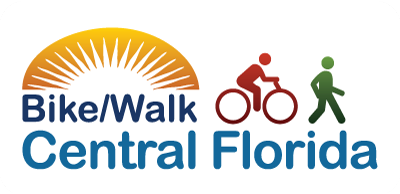
The City of Orlando and FDOT encouraged community feedback by hosting workshops during the study process.
Robinson Street is a major four-lane road that provides one of the main gateways to downtown Orlando’s iconic Lake Eola Park.
Cars and trucks often top the posted 35 mph speed limit, making people on foot and bikes leery of using the street or crossing it to enjoy the park, the site of numerous festivals, concerts and a weekend farmer’s market.
City and state officials have talked for months about revamping Robinson and have come up with three possible solutions, although one just leaves the road exactly as it is.
Two other alternatives call for doing away with one lane and installing a protected two-way bike path along parts of the two-mile study area, from Hughey Avenue near Interstate 4 to Maguire Boulevard in the so-called Milk District east of downtown.
That would be welcome news to walkers and cyclists.
But hold off on any celebrations. No money has been set aside for any work and state administrators — who are in charge of the project — have not made a final choice. Orlando transportation officials likely will have a say in what happens because while the state owns the road, the city maintains it.
Florida Department of Transportation spokeswoman Jen Horton said the new design probably will be picked by the spring.
A construction timetable won’t be known, she said, until “we see the money.”
If Robinson is changed it would mark at least the third major transformation of the street, according to the state Department of Transportation.
Back in 1890s, city records indicate the road was two lanes wide, but comprised of dirt. It eventually was paved and was expanded to four lanes during the 1960s, when I-4 and State Road 408 were opened and motorists were leaving downtown for the suburbs.
But downtown living has become more attractive in recent years and the district now hosts more than 43,000 residents — in addition to nearly 150,000 workers.
Roughly 60 percent of the trips on Robinson, the state says, are local and of short duration, theoretically meaning the cars could be parked and replaced with pedestrians and people biking.

